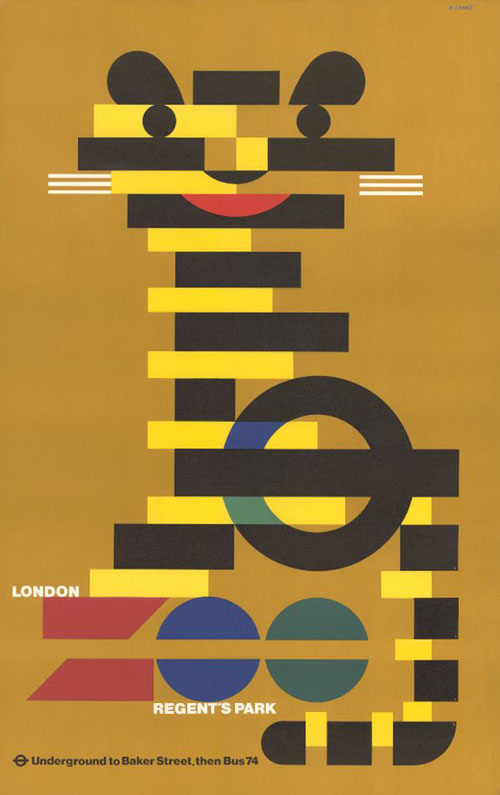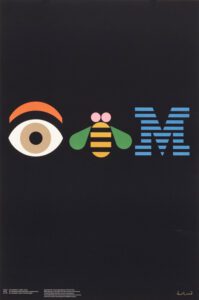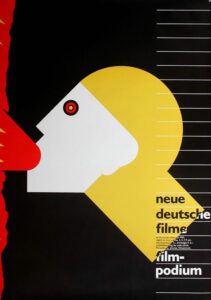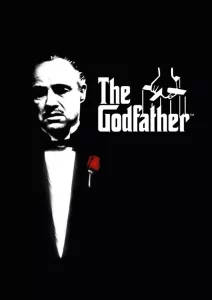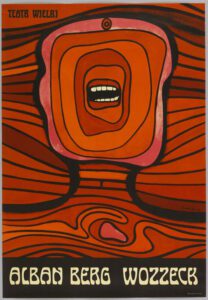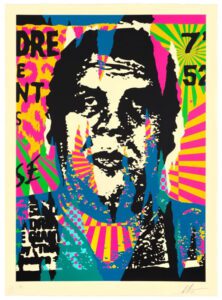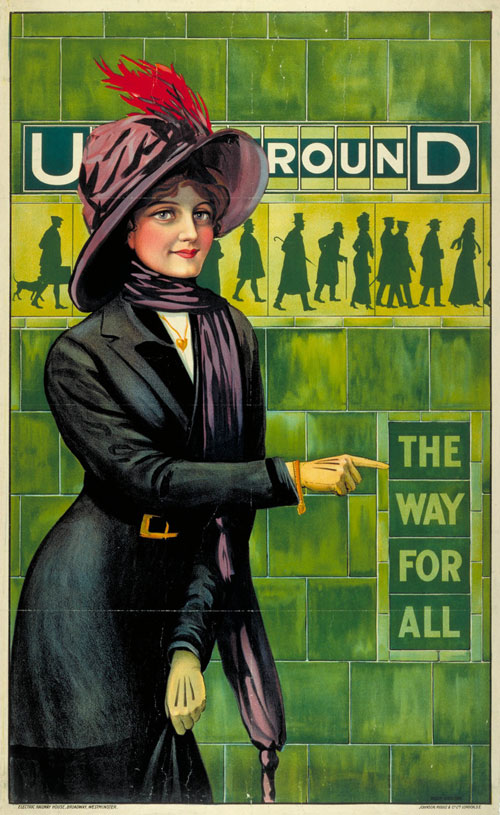

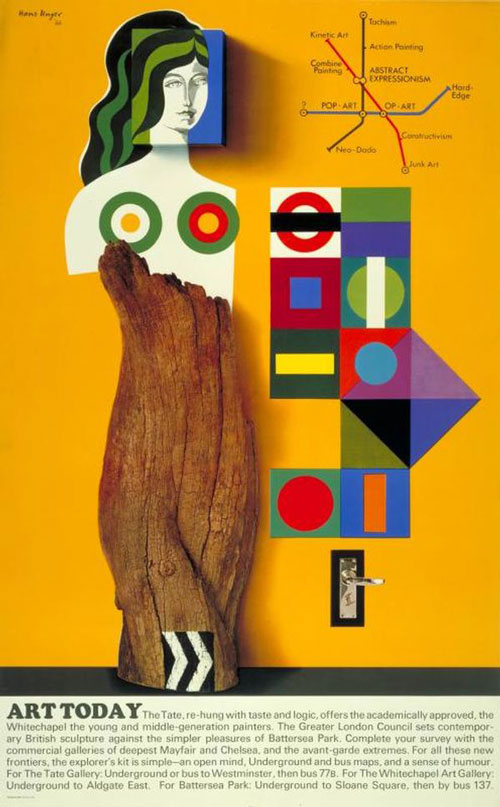
The best way to see London
One unique quirk from the UK’s art history is the fact that the organisations which make up London Transport became one of the greatest patrons of British poster art throughout the 20th Century.
This was no accident. In fact, historian David Bownes wrote a whole book on this matter with his 2011 publication London Transport Posters: A Century of Art and Design. In it, he documents how London Transport administrator Frank Pick took an active interest in the aesthetics of the capital city’s transport system.
Pick – and those who followed him – believed that the London Underground, London buses, and other modes of transport in the city, need not just be functional, but also exciting centres for original artistic designs.
As this article will show, London Transport employed some of the most exceptional artists of their 20th/21st Century to create posters that both advertise the benefits of using London Transport, as well as generally reflect on London as a pleasing, compelling, exhilarating behemoth of a city.
Here are 11 posters which give an insight into the history of London Transport.
Central London Tube Railway - Unknown 1905
In 1900, just as a new century was dawning, the Central London Railway was opened and linked much of London’s central area with one single tube.
As London grew, and rail travel became more popular, this poster was published to highlight the comfort, affordability, and excitement that comes with travelling by rail. The people depicted in the image give a sense of how the artist wanted to make rail seem like a sophisticated option.
One important element of early underground rail travel was that it was promoted as being fully egalitarian. The working class could rub shoulders with the bourgeoisie and vice versa. The labourer could travel in the same direction as the socialite.
Alfred France makes this clear in his 1911 poster. Look at the silhouettes of the people within the tiled walls in the background of this poster – they’re clearly from all walks of life.
